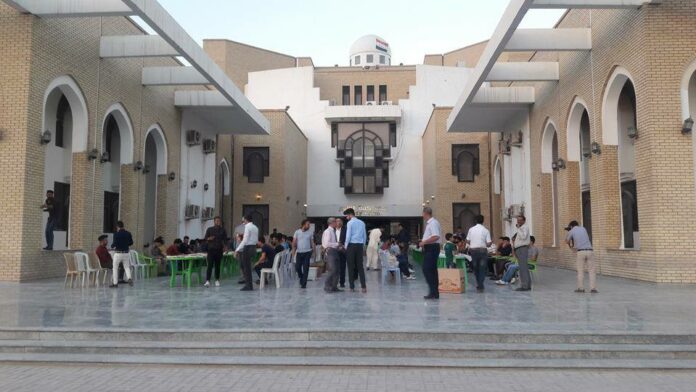Dr. Mohammad Al Rubaie
This study is a comprehensive external institutional review process, highlights our findings and recommendations from the evaluation of eight Iraqi universities, and includes strategic planning, leadership, management, human resources, and community participation. The review also covered educational events, education, and learning, involving students and graduates, academic standards, educational and teaching programs, scientific research, postgraduate studies, and quality management.
Review activities included:
Observation: observing the buildings, lecture rooms, laboratories, libraries, educational activities, and university environment.
Inspection: inspection of required information and documentation. Despite their availability, there was no time to review many of them.
Meetings: Meetings with the university president, assistants, deans, heads of department, administrators, teachers and students.
Evaluation: In the light of the message and objectives and on the basis of comparison with local and global universities and standards known by the references.
The study contained numerous findings based on views and observations on specific tasks, namely, the identification of strengths and weaknesses in university management, teaching, learning and scientific research, as well as opportunities and risks. For this institutional purpose, the audit was not to evaluate the performance of the programmes or departments, but rather to audit the performance of the University as a whole. The study adopted an approach based on meetings, interviews, visits to university colleges and facilities and access to documents and reports requested by the references. The study also relied on the university’s response to 74 questions on university management and strategy, faculty, curriculums and methods, teaching and learning, postgraduate studies and scientific research, quality and methods of improvement, students and study facilities, and external communication (review annex 1).
The visit to universities made it possible to observe factors that could not be documented in the reports, as well as to verify the information provided in the data and reports submitted to the references. Many discussions took place during interviews and meetings focusing on benchmarks of learning quality and outcomes. The reviewer visited the facilities of a number of colleges at each university and toured them to observe educational and scientific research activities. An important observation is the positive and constructive relationship between deans and department heads as well as a good fellowship with faculty members. These leaders demonstrated dedication and enthusiasm and appeared to be highly managerial and superior in the effective and positive communication skills that strongly influenced the visit (review annex 2).
What is important to emphasize is that audited universities have a range of quality assurance processes at the institutional level and within the core activities of the University for Education and Research. Some have quality assurance processes within student support services and central university services. These quality assurance mechanisms are designed in the light of the Ministry’s instructions to ensure the quality and provision of services and to ensure their compatibility with the strategic priorities of the Ministry.
The study focused on qualitative data and the efficiency of institutional arrangements, procedures and academic processes. On statistics, attention was paid to those relating to international quality and classifications, which had important implications, as a proportion of the number of teachers with Ph.d to the total number of teachers, the ratio of the number of teachers to the number of students, the ratio of the number of female students to the number of male students, the ratio of the number of graduate students and the ratio of the number of professors to total number of Professors, ratio of number of published researchs globally to number of locally published researchs, ratio of number of research per teacher, number of teachers entering training courses, number of Scholarship students. The study focused on research, scientific, service and advisory centres, the organization of the university environment, the approaches to education, sustainable learning and academic training, and emphasized the degree of excellence of the University in terms of developmental initiatives, including the level and impact of e-education, e-governance, the modernization of curriculum and the development of teaching capacities.











